In the previous post, we discussed Psychological Strategies For Match Play vs. Stroke Play, focusing on how mental approaches differ between these formats and how you can stay confident, composed, and competitive throughout your round.
Understanding the Key Differences Between Elite Amateurs and Professional Golfers is important if you want to improve your game or simply enjoy watching golf more. Both groups are highly skilled, but there are big differences in how they train, think, and perform under pressure. Professional golfers play for a living, while elite amateurs often balance golf with school or work.
This affects how they practice and approach each round. In this blog post, we’ll look closely at the Key Differences Between Elite Amateurs and Professional Golfers from their mindset and preparation to their course management and shot decisions.
Whether you’re a weekend golfer or dream of going pro, understanding these differences can help you learn and grow in the game. Let’s dive in and see what sets the pros apart from the best amateur players in golf.
Skill Level and Consistency
While elite amateurs possess exceptional skills, professional golfers exhibit a higher degree of consistency across all aspects of their game. This consistency is crucial, as professionals are expected to perform at a high level consistently, regardless of course conditions or external pressures.
Mental Toughness
The mental aspect of the game is a significant differentiator. Professional golfers have developed strong mental resilience, enabling them to maintain focus and composure under pressure. This mental fortitude allows them to perform consistently, even in high-stress situations.
Mental Habits of Professional Golfers
- Use visualization techniques before every shot.
- Rely on pre-shot routines for consistency.
- Quickly recover from bad holes or mistakes.
- Practice meditation or mindfulness for calm focus.
While elite amateurs also develop mental skills, professionals train specifically to manage nerves in front of huge crowds, live broadcasts, and during final-round pressure. This edge in emotional control can separate a win from a missed cut.
Physical Fitness
Physical conditioning plays a vital role in a professional golfer’s performance. While elite amateurs may engage in regular fitness routines, professionals often have personalized training programs to enhance strength, flexibility, and endurance, contributing to their overall performance on the course.
Fitness Focus Comparison
| Aspect | Elite Amateurs | Professional Golfers |
|---|---|---|
| Workout Frequency | 2–3 times per week | 5–6 times per week |
| Flexibility Training | Occasionally | Daily stretching and mobility drills |
| Strength Training | Generalized programs | Golf-specific regimens |
| Recovery Methods | Limited (ice, rest) | Massage, physiotherapy, cryotherapy |
Professionals also fine-tune nutrition, hydration, and sleep to match competitive demands. Their bodies are seen as vital tools for success, much like their golf clubs.
Course Management
Professional golfers excel in course management, making strategic decisions that minimize risks and capitalize on scoring opportunities. This skill involves analyzing course layouts, understanding pin placements, and selecting the appropriate shots to navigate challenges effectively.
Course Management Skills of Pros
- Evaluate wind direction and elevation.
- Choose safer targets on tough holes.
- Use yardage books and data analysis tools.
- Strategically lay up or go for the green.
Elite amateurs may rely on intuition, while pros use data and experience to guide their choices making them more consistent scorers over four rounds.
Equipment and Technology
Professionals have access to advanced equipment and technology, including custom-fitted clubs and detailed performance analytics. This access allows them to fine-tune their equipment and game strategies to optimize performance.
Equipment and Tech Use
| Tool/Tech | Elite Amateurs | Professional Golfers |
|---|---|---|
| Club Fitting | Retail/custom shops | Tour van fitting and on-site adjustments |
| Launch Monitor Usage | Occasionally at range | Daily sessions with TrackMan or GCQuad |
| Swing Analysis | Basic video review | 3D motion capture, biomechanics tracking |
| Ball Fitting | Standard range balls | Tour-specific testing and calibration |
Technology provides pros with real-time feedback, helping them make precise swing changes that amateurs may never realize they need.
Support Systems
The support systems available to professional golfers are extensive, often including coaches, fitness trainers, psychologists, and nutritionists. This comprehensive support network enables professionals to focus on their game and maintain peak performance levels.
Support Team Comparison
| Role | Elite Amateurs | Professional Golfers |
|---|---|---|
| Swing Coach | Part-time or seasonal | Full-time, travels with player |
| Fitness Trainer | General gym support | Golf-specialized trainer |
| Caddie | Friends or club players | Experienced, full-time caddie |
| Nutritionist | Rarely used | Personalized diet planning |
| Sports Psychologist | Occasionally used | Regular performance sessions |
This team-based approach ensures no aspect of the game is overlooked mental, physical, or strategic.
Financial Commitment
Competing professionally requires a significant financial investment. Professional golfers often have sponsorships and endorsements that support their careers, whereas elite amateurs may not have the same level of financial backing.
Key Financial Differences
- Pros pay for travel, caddies, and accommodations year-round.
- Entry fees and tour memberships can be costly.
- Sponsorships help offset expenses but must be earned.
- Amateurs often rely on personal funds or local support.
Without financial stability, it’s nearly impossible to maintain a tour-level schedule, making money management as crucial as swing mechanics for pros.
Travel and Lifestyle
The lifestyle of a professional golfer involves extensive travel, playing in various tournaments worldwide. This demanding schedule requires adaptability and resilience, as professionals must maintain performance levels despite the challenges of constant travel and time zone changes.
Professionals spend up to 40 weeks on the road annually, facing changing climates, altitudes, and golf course conditions. Jet lag and unfamiliar environments test their routines. Meanwhile, elite amateurs might play regionally and don’t face the same strain.
Experience and Exposure
Professional golfers have extensive experience competing in high-pressure environments, which contributes to their ability to perform under pressure. This experience is gained through years of competition at the highest levels.
From media obligations to final-round pressure in front of thousands of fans, pros are conditioned to handle the spotlight. Their exposure to intense competition sharpens both skill and mindset in ways that elite amateurs are still striving to match.
Commitment and Dedication
The level of commitment required to be a professional golfer is unparalleled. It involves dedicating countless hours to practice, competition, and maintaining physical and mental health, often at the expense of personal time and other interests.
Understanding these distinctions highlights the dedication and multifaceted skills required to transition from an elite amateur to a professional golfer. While the journey is challenging, it is also rewarding for those passionate about the game and committed to continuous improvement.
Conclusion
To wrap up, the Key Differences Between Elite Amateurs and Professional Golfers go beyond just skill. It’s about mindset, discipline, and how each player handles the game under pressure. Professionals treat golf as a full-time career, focusing on every detail to stay at the top, while elite amateurs may still be learning to balance competition with other responsibilities.
Understanding these unique differences can inspire you to improve your own game whether you’re chasing a pro dream or simply want to play smarter. The more you learn about the Key Differences Between Elite Amateurs and Professional Golfers, the more you can apply those lessons to your own golfing path.
In the next post, we’ll dive into the topic of Master Your Golf Swing to help you improve your game with precision and consistency.

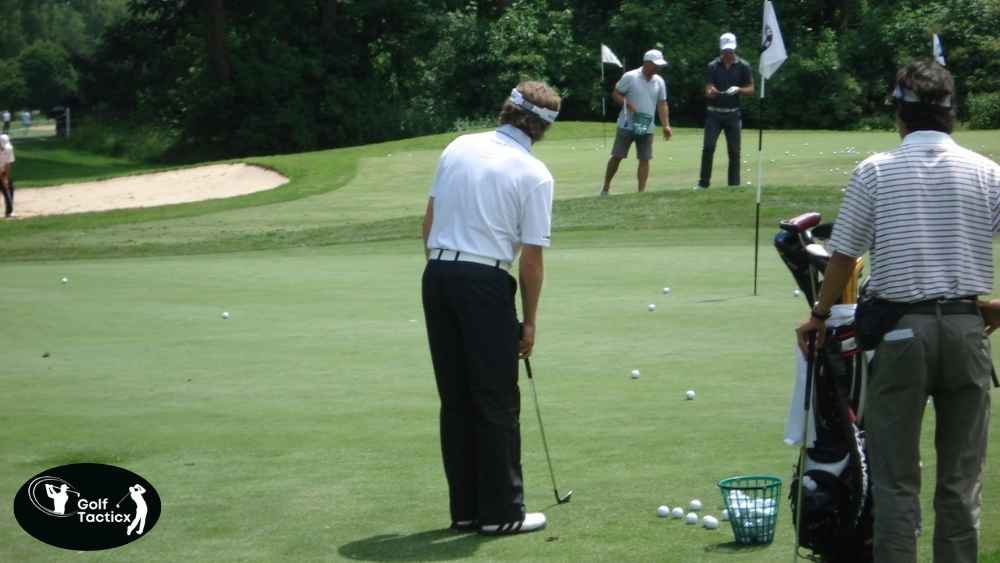








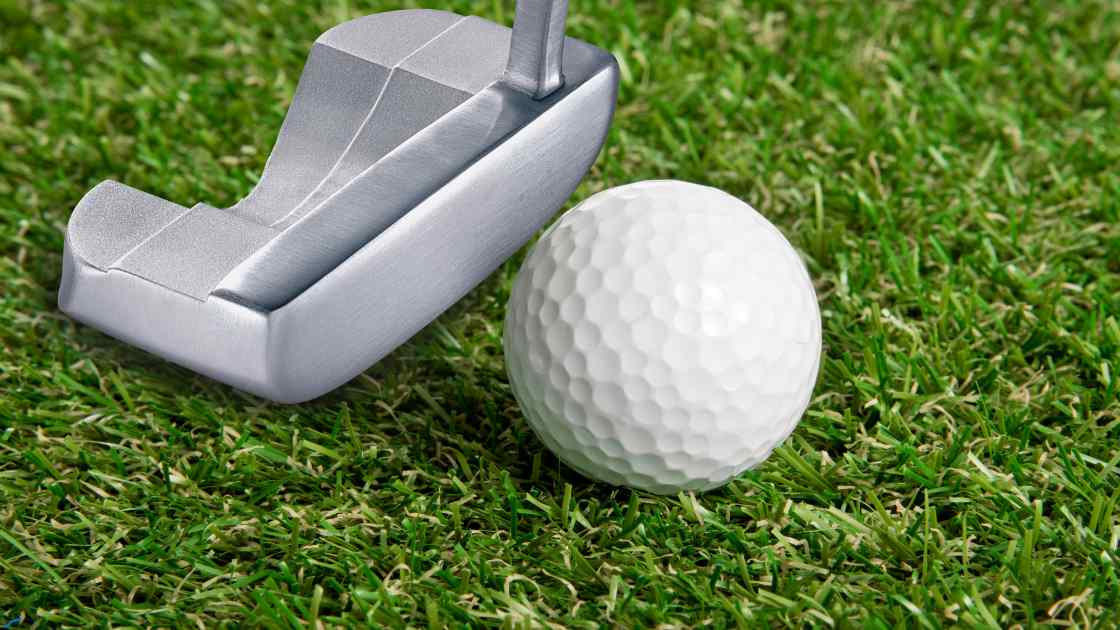
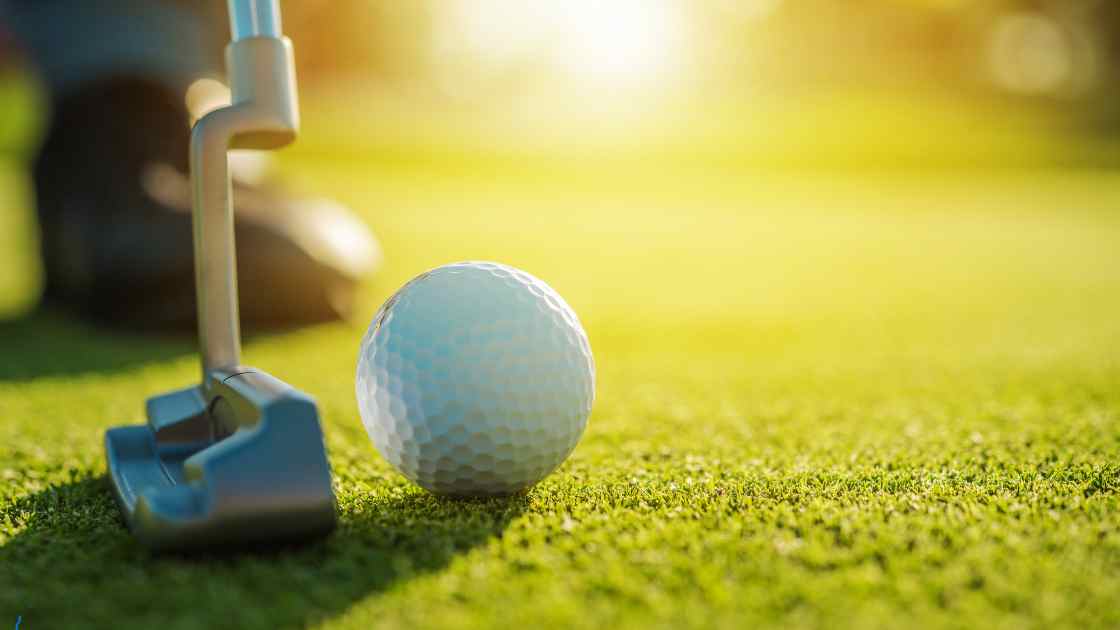

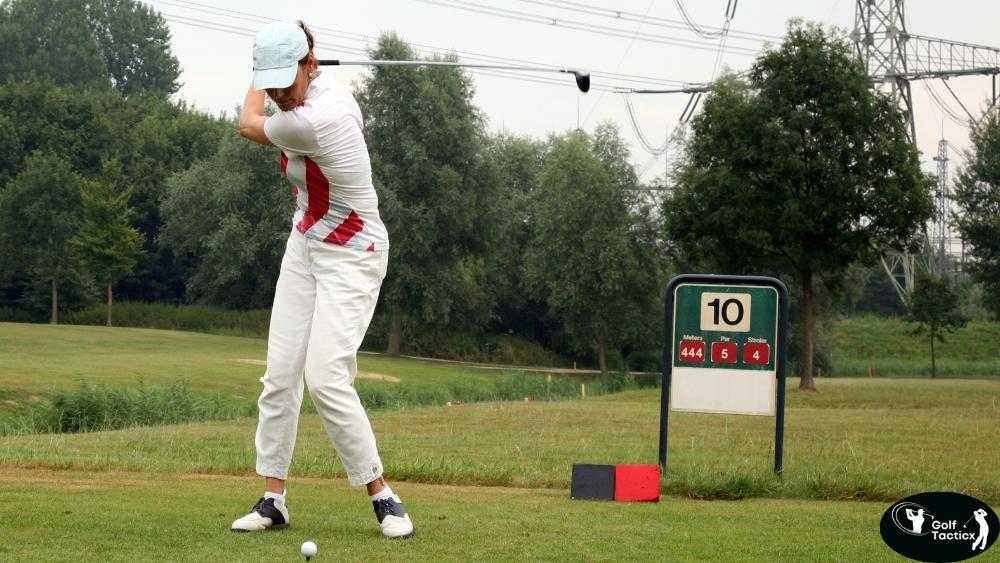

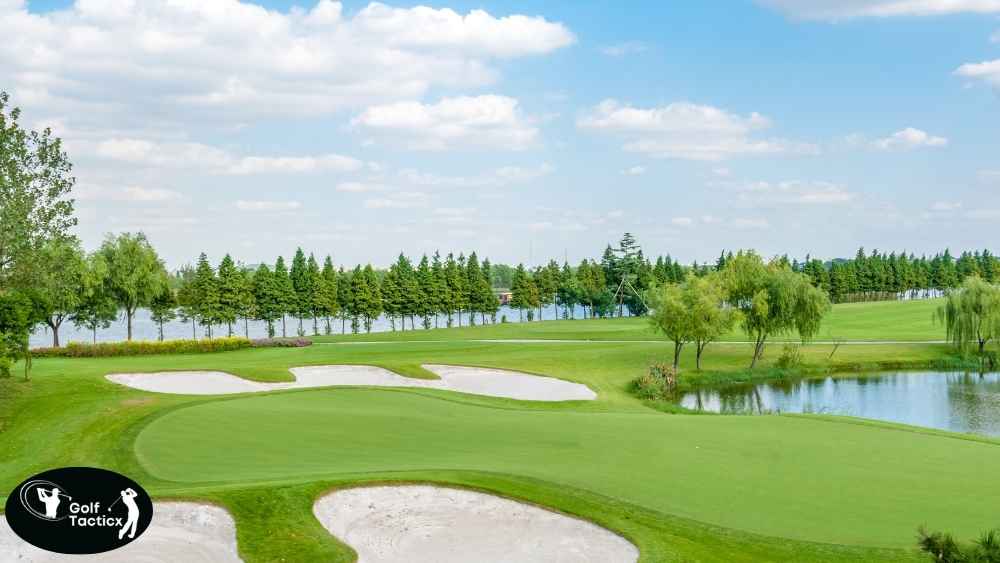
Leave a Reply